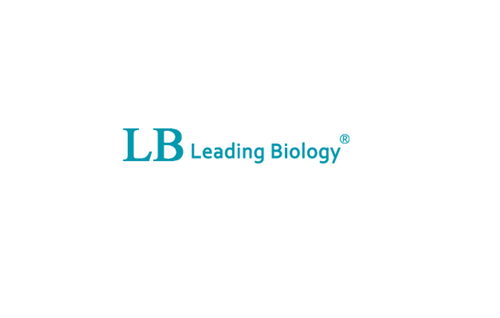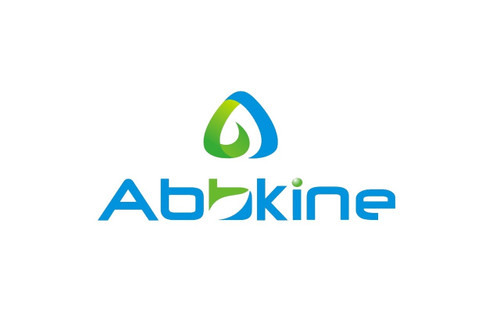Product Description
Human Urotensin 2 (UTS2) ELISA Kit | AE11902HU | Abebio
Species Reactivity: Human (Homo sapiens)
Abbreviation: UTS2
Alternative Name: PRO1068; U-II; UCN2; UII;
Application: ELISA
Range: 12.35-1000 pg/mL
Sensitivity: 4.96 pg/mL
Intra-Assay: ≤4.5%
Inter-Assay: ≤6.8%
Recovery: 1, 01
Sample Type: Serum, Plasma, Other biological fluids
Detection Method: Sandwich
Analysis Method : Quantitive
Test Principale: This assay employs a two-site sandwich ELISA to quantitate UTS2 in samples. An antibody specific for UTS2 has been pre-coated onto a microplate. Standards and samples are pipetted into the wells and anyUTS2 present is bound by the immobilized antibody. After removing any unbound substances, a biotin-conjugated antibody specific for UTS2 is added to the wells. After washing, Streptavidin conjugated Horseradish Peroxidase (HRP) is added to the wells. Following a wash to remove any unbound avidin-enzyme reagent, a substrate solution is added to the wells and color develops in proportion to the amount of UTS2 bound in the initial step. The color development is stopped and the intensity of the color is measured.
Product Overview: Urotensin-II (U-II) is a peptide ligand, initially isolated from the neurosecretory system of the Goby fish (Gillichthys mirabilis) Bern et al. 1969. For many years it was thought that U-II does not exhibit significant effects in mammalian systems; a view quickly overturned when it was demonstrated that Goby U-II produces slow relaxation of mouse annococygeus muscle, in addition to contraction of rat artery segments. In 1998, the cDNA encoding a U-II precursor was cloned in humans, unequivocally demonstrating its existence in mammalian species.As with other peptide ligands, U-II is synthesised from a larger precursor molecule, known as Prepro-urotensin-II, two isoforms have been identified in man of lengths 124 and 139 residues. Cleavage of either of these precursors produces identical, eleven residue, mature U-II peptides.
Stability: The stability of ELISA kit is determined by the loss rate of activity. The loss rate of this kit is less than 5% within the expiration date under appropriate storage condition. The loss rate was determined by accelerated thermal degradation test. Keep the kit at 37°C for 4 and 7 days, and compare O.D.values of the kit kept at 37°C with that of at recommended temperature. (referring from China Biological Products Standard, which was calculated by the Arrhenius equation. For ELISA kit, 4 days storage at 37°C can be considered as 6 months at 2 - 8°C, which means 7 days at 37°C equaling 12 months at 2 - 8°C) .
 Euro
Euro
 USD
USD
 British Pound
British Pound
 NULL
NULL








